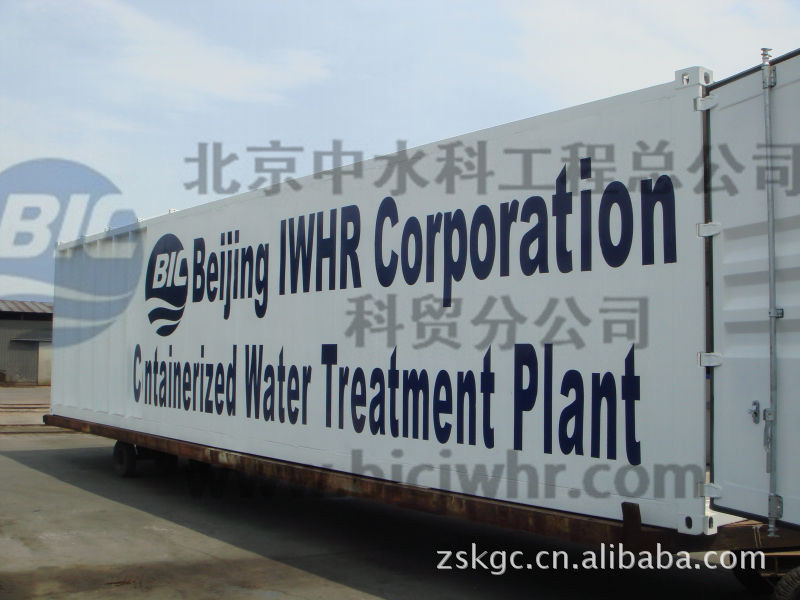Product Specifications
| Prod Model: |
bic |
| Markets: |
North America,South America,Eastern Europe,Southeast Asia,Africa,Oceania,Mid East,Eastern Asia,Western Europe |
Product Description
Specifications
1. Achieve Highest DS-contents
2. Low energy & flocculant consumption
3. Sludge treatment
4. Reliable waste management
1. Raw Waste Water Characteristics
The starting point for any textile product is the raw fiber. From the fiber to final fabric, the process is generally as follows:
(1) Fibers are most commonly transformed into yarn;
(2) Yarns are intertwined by either a weaving or a knitting process to form fabrics;
(3) Color is imparted to a fabric through dyeing and / or printing processes.
Fibers are generally classified into natural and artificial fiber.
Natural fibers are main fiber used in textile product and could be classified into four common types of natural fibers Cotton;
Wool
Silk, and
Flax (linen).
Due to different fibers and final product, each industry has different production process and the raw water characteristics is quite complex. But a typical production process has the following steps:
Desizing;
Scouring;
Bleaching;
Mercerizing;
Dying and printing/finishing
Desizing is simply the washing off of the starches or lubricants. This is typically by processing the fabric through a trough of enzyme solution, followed by vigorous washing in hot water. Starch and most other sizing dissolve poorly in plain water; The enzyme helps degrade the starch.
Scouring is the step to use hot alkaline detergents or surfactants to removal waxed of cotton and other fibers. It is commonly used 1-3% the solution of sodium hydroxide, sodium sulfite, soap, synthetic detergent and so on. Waste water is dark brown, salty, COD and BOD were higher.
The fabrics (both woven and knitted) is then typically bleached. This is commonly done by processing the fabric through a series of one to three troughs containing various chemicals, including a strong oxidizing agent (usually hydrogen peroxide).
Before dyeing and printing, cotton yarn and fabrics must be mercerized to improve their luster and dye absorption property. The mercerizing agent is generally NaOH. The wastes from this step are high Ph and COD.
Dyeing and printing are the steps that impart color to fabrics, making finished products such as garments much more attractive.
Just as the above description, each step of the production process will be the contamination sources:
(1) in the scouring and dying steps, leading the NaOH into the wastes and resulting in the high Ph wastes;
(2) the high temperature operating condition for scouring and dying steps will result in waste water with high temperature;
(3) in the desizing and scouring steps, the discharged waste water will be high SS due to the dissolving of the fibers and other into the waste;
(4) in the desizing step and printing steps, the starch and dyes and dyeing auxiliary agent are dissolved into the wastes and resulting high COD of the discharged waste water
From the above analysis, the desizing and printing steps are two main contaminated sources.
Starch, PVA are the main contaminants contained in the desizing waste water and dyes and dyeing auxiliary agent are also the main contaminants contained in the dyeing and printing waste water.
There will be some difference for the wastes which is produced from the different dyeing and printing mill, due to the use of various fabrics and also different production process.
By wide range survey data from the dyeing and printing mills, the typical waste data are listed in the following table.
http://www.bic-iwhr.com
The Beijing IWHR Corporation (BIC), founded in July 1993, is an international high-technology company subordinated to the China Institute of Water Resources and Hydropower Research (IWHR). The BIC has implemented the integrated ISO9001 management system. We have many qualifications in the following areas: Engineering survey, engineering supervision, water conservancy and hydropower design, hydraulic construction, and international project contracts.
The BIC is a leading supplier of water treatment equipment and construction in China and has a professional team of designers, engineers and management staff. We also provide technical consultation and work on Engineering, Procurement and Construction (EPC) projects in the following areas: Municipal effluent treatment (ETP), industrial wastewater treatment (tannery wastewater, printing and dyeing wastewater, paper mill wastewater, and chemical plant wastewater), water supply projects and treatment of special types of water (arsenic water, fluorinated water, forum- manganese water and brackish water). After several years of research, the BIC has developed a series of related water treatment products including: The Ultra Filtration (UF), Reverse Osmosis (RO), Membrane Bioreactor (MBR), Seawater Desalination, Oil Removal and Containerized Water Treatment Plants, and Emergency Drainage Vehicle-Mounted Pump. These products are revolutionary and can be obtained at a reasonable cost.
The BIC specializes in undertaking feasibility studies, surveying, designing, manufacturing, construction, installation, and commissioning for various water conservancy and hydropower projects, particularly small hydropower plants, rubber dams and hydraulic elevator dams. This is backed by a group of experts and senior managers with specialized training in the aforementioned fields. The BIC has the ability to render services including the design and installation of complete sets of technologically advanced hydro-generator units and affiliated equipments with excellent performance and reasonable price.
The BIC also provides other services including consultation, research and development(R&D), EPC, supervision, survey, design, safety monitoring, detection and evaluation, and system integration in the water conservancy, hydropower, digital power grid, thermal power and nuclear power industries.

